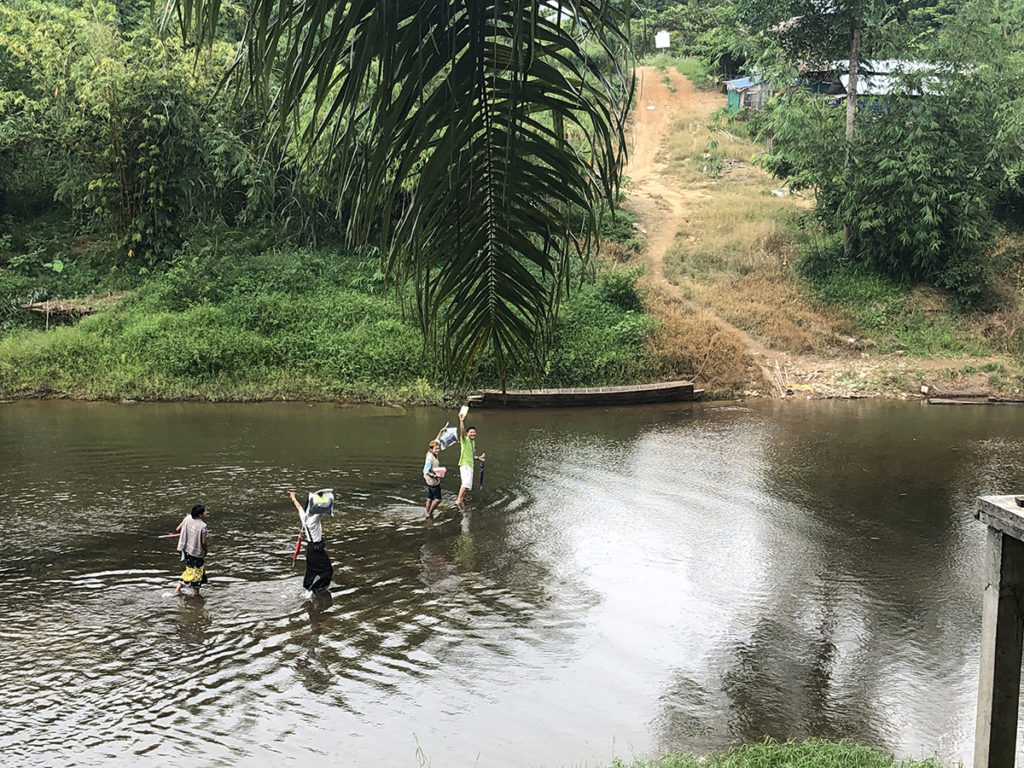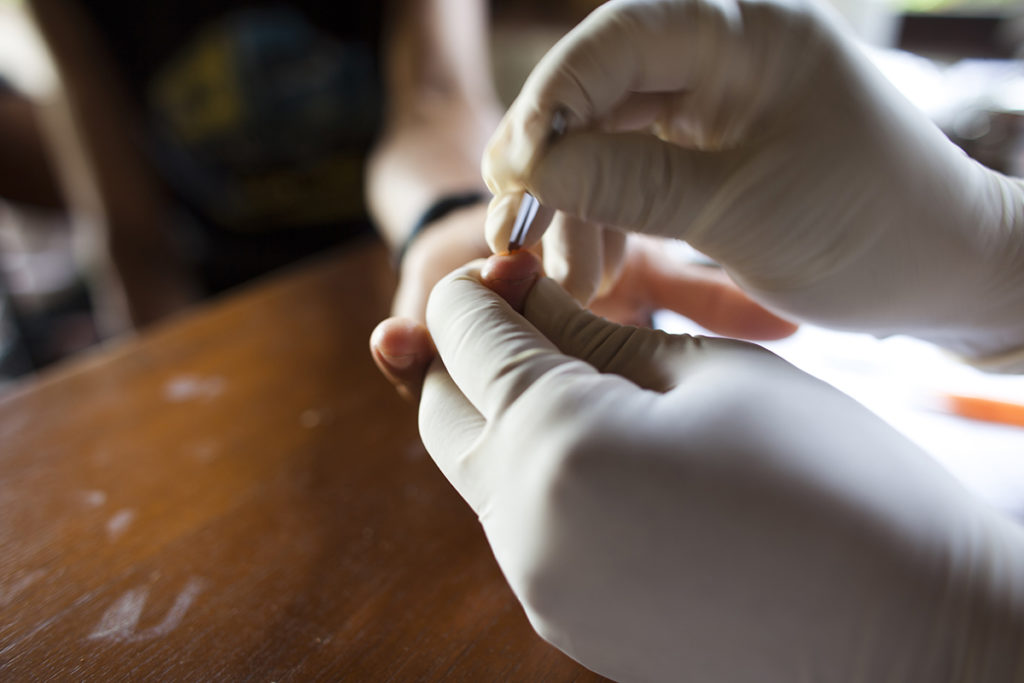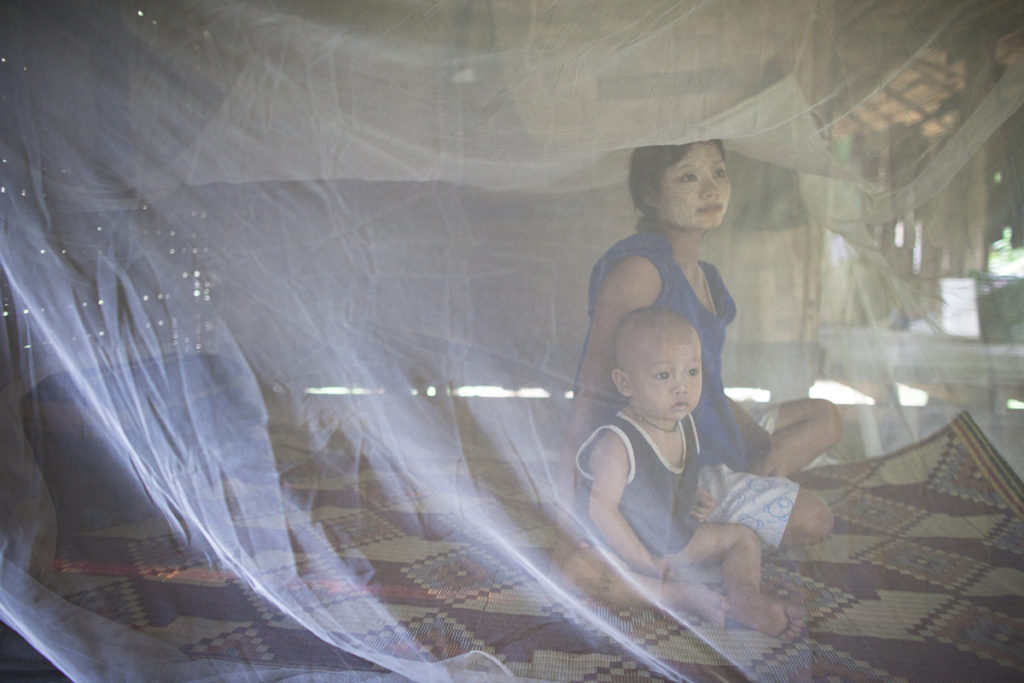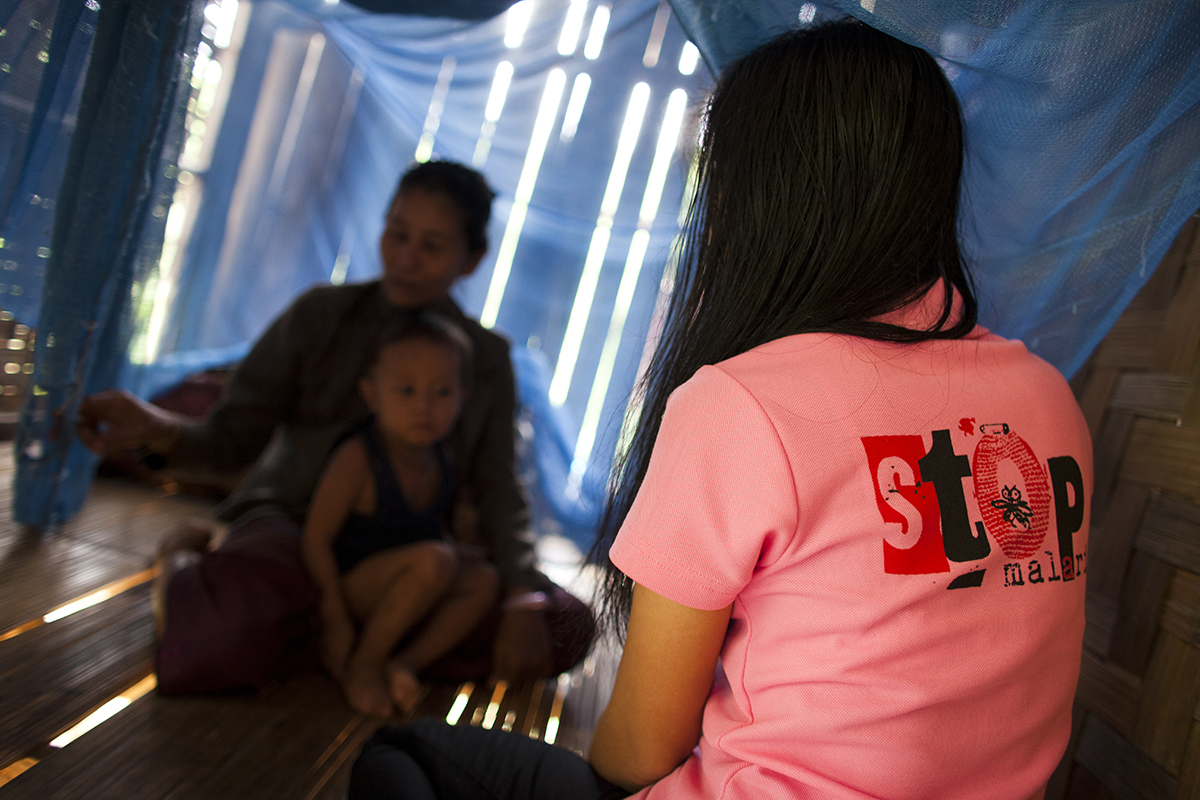The Disease’s Days Are Numbered in Southeast Asia, and Alight Teams Are Leading the Way
What does it take to rid a country, region, or the world from a particularly perilous disease? That thought is on many people’s minds as governments continue to grapple with the implications of COVID-19. But Alight teams have been entrenched in a separate battle in Southeast Asia over the past few years—working to completely eliminate malaria for good.
They’ve set an ambitious goal. Their target is to free both Thailand and Myanmar of all malaria, and most importantly the drug-resistant kind, by 2030.
“We can actually do this,” says Rachel Sismar, one of Alight’s leaders in this work. “It sounds ambitious but of course, why not? If we continue our campaign and continue our work then it is absolutely possible we could eliminate malaria.”
Thailand is where Alight first came into being in 1978, where we worked to prevent and treat tuberculosis. 40 years later, we’re still on the frontlines of infectious disease control and humanitarian response. From responding to the Tsunami in 2004 to opening our program in Myanmar in 2013 and then expanding our TB and malaria control work to five countries in the region in 2018—which now includes Myanmar, Thailand, Cambodia, Laos, and Vietnam—our programs have changed, but the dedication to the people impacting by these programs has not.
Zeroing in on Malaria
In recent years, the team has homed in on what they see as the most pressing goal: eliminating malaria. This is a particular problem for communities living in remote, forested areas that are difficult to reach, both technologically and physically, and for migrants who frequently travel across the border for work. That’s why cross border and regional work is so vital.
In Thailand, for example, we serve economic migrants who pass along the Thailand-Myanmar border on a daily basis, sometimes illegally. They might not be covered under the umbrella of national malaria programs, making them a difficult population to protect. And since many migrants are ethnic minorities whose families live in remote places, our teams often trek—and canoe—to places that are geographically demanding.

“Sometimes you have to cross rivers and mountains to reach these communities,” says Rachel. “Our volunteers are doing this every day. These are areas that have seven or eight months of raining and flooding.”
Powered by an incredible troop of thousands of volunteers, once our teams arrive they get to work, approaching malaria prevention through a multi-tiered effort that addresses education, treatment, and the provision of physical tools to combat the disease. Teams carry with them testing kits, medications, mosquito nets, informational materials, and other items so that they can respond as necessary to each community’s needs. They also sit with people, ask questions, and hold community awareness sessions so that everyone knows about the dangers of the disease, and how to prevent it from spreading.
Volunteer Power
All our work is reinforced by our volunteers, who are trained and guided by staff. And with 1,850 volunteers in Myanmar and Thailand alone, reaching around 6,000 people, it’s a mighty force indeed. They not only provide services in villages, they also monitor the hot spots along informal border crossing points, and screening or testing with treatment and follow ups. They travel to internally displaced persons camps, too, addressing people’s needs there.
Traveling wherever they need to go, collecting data, sharing useful information, and acting as Alight’s points of contact for thousands of people in the region is not just a big task, it’s a vitally important one. Without these volunteers, we might simply not have enough people to set such a big goal, much less carry it out successfully. It’s the incredible dedication of these everyday people—neighbors and friends—who make it all possible.

“We call them our Mosquito Team,” says Fifi Sabang, Alight’s Thailand-Myanmar Country Director. “They’re buzzing around to all these locations, giving information for how to prevent Malaria.”
Preventing the Spread of Drug-Resistant Malaria: A Global Problem
Our role in the region is also about coordination. In 2008, the Plasmodium falciparum strain was identified, a type of malaria that is resistant to the most available drug. The deadly parasite is now showing resistance and is spreading along the region.
Since the disease doesn’t recognize borders, and doesn’t discriminate based on ethnicity or religion, it takes a large-scale, coordinating effort between countries to tackle the problem. We coordinate ethnic health organizations and more than 50 other NGOs in all five countries to better understand mobility patterns across all five countries, and to work together toward our common goal.
Plasmodium falciparum presents a threat not only to the countries of Southeast Asia, but to African countries that are already struggling with keeping the normal variants of the disease in check.
“It will cost several million dollars and lives if this drug-resistance goes to Africa,” says Shreehari Acharya, another leading member of the Alight Southeast Asia team. “Our work is also about saving those people and that investment.”
Economic Benefits of Malaria-free Countries
Malaria-free countries have five times greater economic growth than countries with malaria, and even a 10% decrease in malaria has been associated with a rise in GDP. If we can prevent the problem from getting worse, and help countries and communities address and control the spread of malaria that already exists, we’re contributing toward a better, more abundant future for families.
Facing the Future: Challenges and Opportunities for a Malaria-Free World
There are lots of challenges that the team will face in the coming years, but so much opportunity, too.
“One of the biggest challenges is coordinating across the countries,” says Rachel. “Every country has different regulations that we have to work within. Each country needs to understand where the malaria hotspots are on the neighboring side, and to prepare the country’s health system at the community level to address people’s health needs, not just for malaria.”

To help work toward better coordinating, the team is training partners, producing tools to support their work, and creating community networks so that local voices can be brought to the national level. It will take a continued, large-scale regional coordination effort, as well as intensive work on the local side, to reach their goal.
Reasons for Hope
There’s also plenty of reason to be hopeful. “There are so many positive signs,” continued Rachel. “Communities and partners are more engaged. Each country has a strong political commitment. We are getting people on the same page.”
And our teams continue to be inspired and committed to this common goal, a dedication that is reflected not only in their daily efforts, but in the past four decades of work in the region.
“When I first heard this word ‘Changemaker’ when I joined Alight, it resonated with me,” says Shree. “I thought, we are being real Changemakers and we can see the support we are giving is helpful. Being Changemakers gives us lots of encouragement to keep going.”
Help the Southeast Asian Team Win the Battle Against Drug-Resistant Malaria
Alight teams in Southeast Asia have stepped up to the plate, facing a daunting challenge with optimism, hope, and grit. But they need support to get there. If you want to learn more about our anti-malaria work in the region, don’t hesitate to reach out today. And, you can give here.
“It’s possible, it’s absolutely possible to stop drug-resistant malaria,” says Fifi. “Alight is working on it. We can do this together.”
